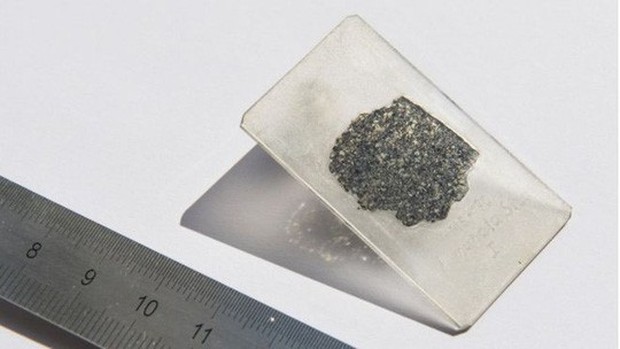Scientists have just explained the origin of Almahata Sitta, a meteorite filled with diamonds that fell to Earth in 2008.
A prehistoric planet is assimilated to a “lost planet” to which the diamondiferous meteorite Almahata Sitta belongs. It’s in the solar system, the size of Mercury or Mars, mysteriously vanished billions of years ago.
However, it probably broke after impacting a large object: whether it was an asteroid or a giant asteroid.
The reason it is known to be as large as Mercury or even Mars is that at this size a new planet has the pressure conditions to make diamonds.
This discovery, which has just been published in the scientific journal Nature Communications, reinforces an interesting theory: our solar system once was not what we see. It has many very different planets and materials.
It is estimated that there are dozens of “pioneer planets” which provided material for today’s 8 planets and countless other celestial bodies nearby.
The diamondiferous asteroid crashed in the Nubian Desert (northern Sudan) in 2008, after the 2008 asteroid TC3 struck the atmosphere.
It has been a mystery for so long because it took a long time for scientists to analyze its mineral and chemical makeup, as well as other debris scattered across the desert.



